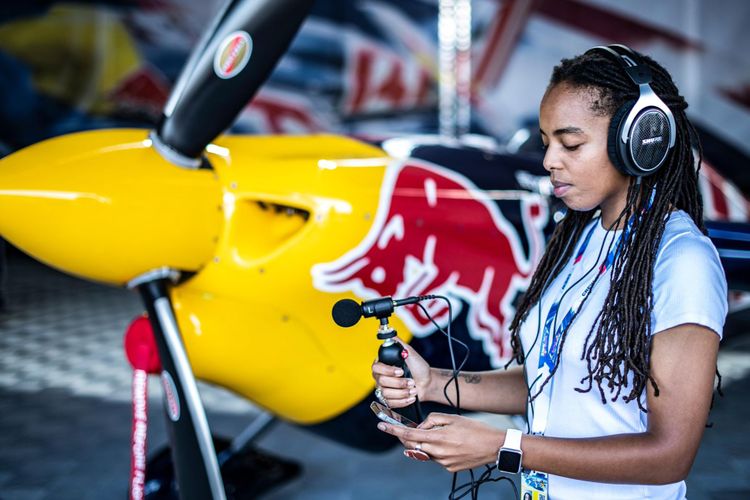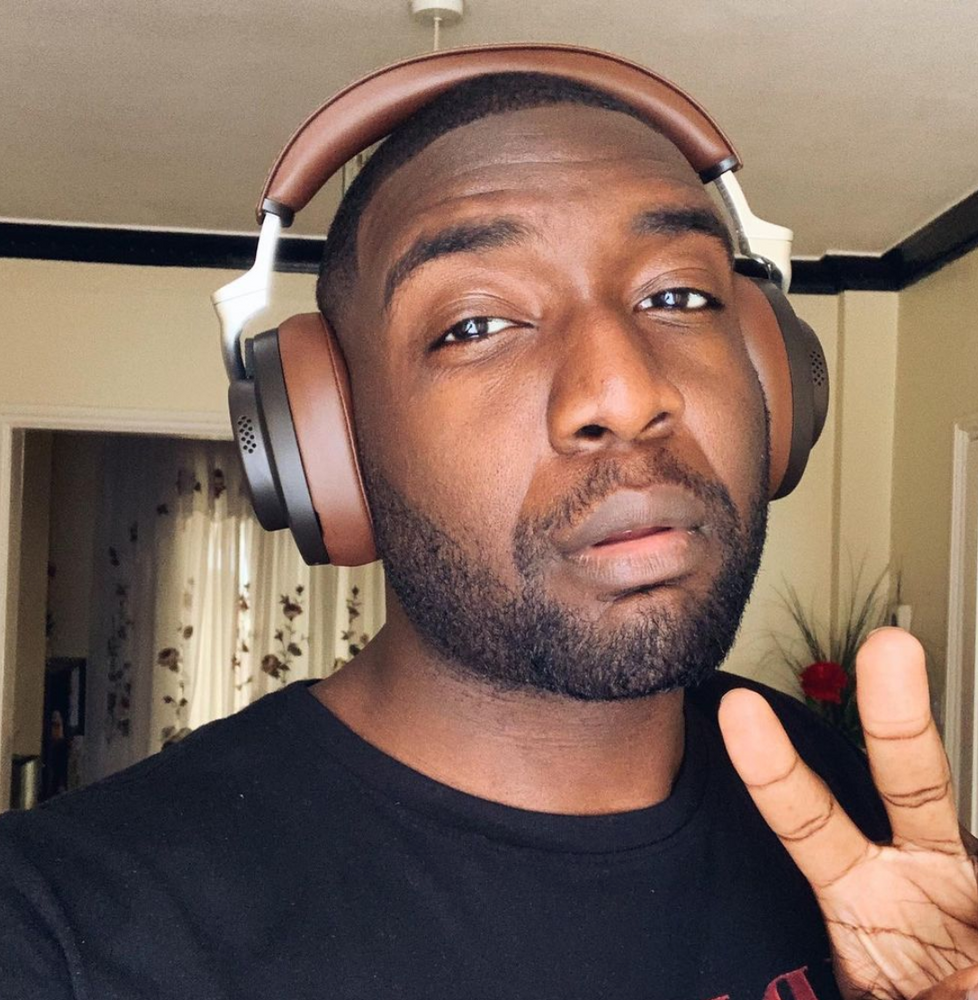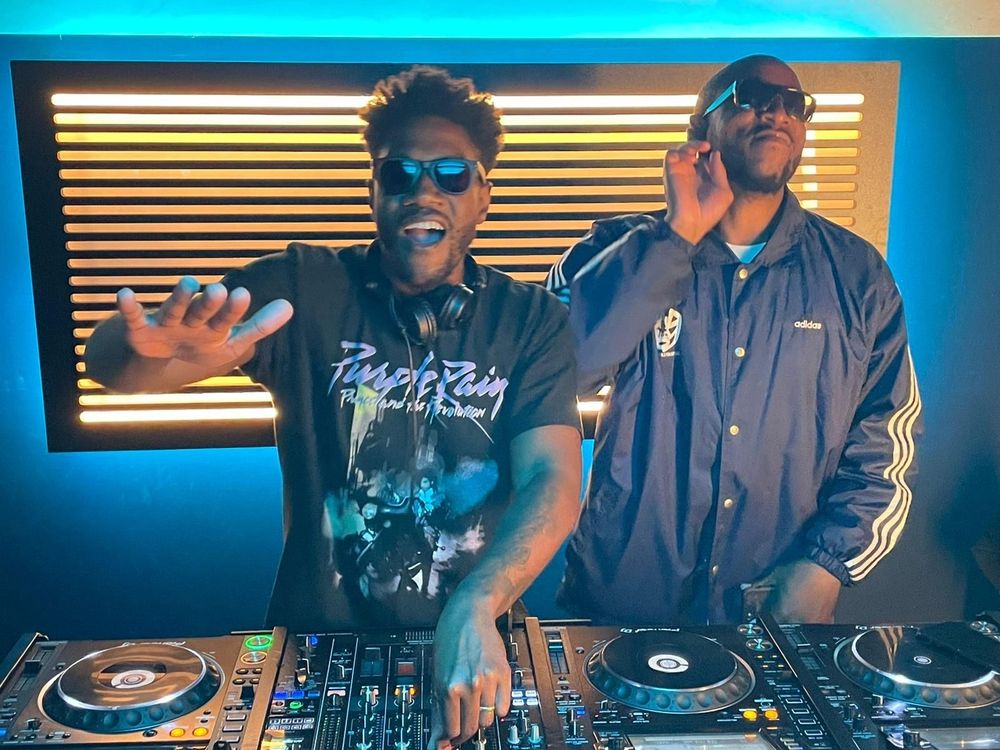
Insight

Gemma Robinson
9 Things You Should Consider Before Launching Your First Influencer Campaign
The buzz around influence marketing has been growing for a while now and reports suggest revenues could exceed a whopping $2.4bn next year. But let’s be honest, despite the increasing investment it’s still the wild west out there. When you consider varying rates, fake accounts, scandals, click-baiting and the fact the the world and their dogs (yup) want to be influencers, where do you even start? How do you choose the right individual to represent your brand? And once you’ve done that, how do you prove it’s worked? To help you navigate these questions we’ve provided a few thought-starters for a successful influencer campaign.


1. The Influencer Marketing Brief A good campaign starts with a good brief. Be clear on exactly what you want to achieve and what success looks like (Is it 10,000 new followers or are you looking for a tangible financial return on your investment?) Include all the obligations you want used, including hashtags, and advise if you have a preferred content style. However; be flexible. You are using influencers for their style, so allow them some creative freedom and work together to find a balance that suits everyone. Don’t forget, you can always ask for a proof before content is posted, just be aware that not all influencers are willing to agree to this, so make sure that’s part of the discussion early on to manage both parties expectations.
2. Remember, it’s a partnership If you can, set up a call — or even better — meet with prospective influencers so you can talk through your campaign objectives. Also, find out what they’re up to regards travel plans. Summer is a big time for campaigns and influencers will get booked up so contact early to start dialogue. Understand what brands they work with, what’s been their most successful partnership, and encourage transparency. Be open about your goals and be willing to share results. One of the challenges today is a lack of transparency and if Mediacom and SKY has shown us anything, it’s that transparency is a key factor in building confidence.
3. Do your due diligence When choosing influencers, look at the brands they represent. If there’s a lot of variety in their clientele, then you have a lot of noise to cut through. If they’re passionate about similar brands to yours, then their community is already engaged. And if you can find an influencer that already reps your product, you’re half way to a great relationship already.

4. B2B influencers If you are a niche brand or start-up, you might have difficulty finding the perfect partnership with a mainstream influencer, but no doubt you’ll have industry people in your sector that will happily sing your praises. They may not have massive followings — but as their audience is typically more engaged with them, they can generate equal, or even greater returns.
5. Don’t put all your eggs in one social media basket Everyone wants their content to be seen. When you rely on social-only, you’re at the behest of algorithm changes and your content being lost. Influencers get round this by focusing on the channels they do own. Such as their blogs and websites. Creating content that sits across different touchpoints helps them to keep their audience engaged. When you’re planning your next campaign, do the same. Consider working with influencers across different facets of the project. Weave them into the story. Put on events. Host dinners. Create panel discussions. Make them the center of the campaign and the content will flow. Remember to boost their profile and the relationship using your own channels.
Finally, use their skills. Most, if not all influencers, are pretty handy with a camera, but remember to ask questions about their other passions; they may be doing side projects such as artists like ArtByLouis or Mr Hat who recently told us he’s writing a book series — use these skills and talents to complement your campaign — build them into your own creative process and brand story.
6. Fake accounts and bots If there is a silver lining with the Cambridge Analytica scandal, it’s that there will be greater scrutiny on fake accounts, and changes will make it harder to dupe the system with bots. Still, we are unlikely to jump from a completely unregulated situation to a perfect one — so it still pays to be on your guard. Watch out for sudden jumps in engagement — a post will typically get peak traffic within a few hours, then drop off. If a post suddenly gets a large number of likes or comments days or weeks after this peak, then it’s likely something else is going on.

7.Collaboration compensation The most common form of compensation is through sponsored posts. Just like buying a page of advertising in a magazine, influencer content is valuable. But you can also consider gifting product or an experience. Just be sure all parties know where they stand. Transparency, again, is key. There is no use sending product blind and expecting a post. How much should you pay? Tricky to say but here’s what we suggest: · Ask around and get a feel for what content is worth on each channel. · Know your budget parameters and stick to them. If an influencer won’t budge, then they’re not right for you. · Be flexible. Perhaps you can build additional value if you really want a particular individual to work with you.
8. Return on investment The big question! How can you know whether it will work? On the whole influence marketing performs well: $6.85 return on every $1 spent on advertising. So confidence is high, if the job is done well. Obviously though, it all depends on what you want to get out of it and who you work with. If it’s simple brand awareness, then by all means choose the high flying superstars or a wide selection of micro or macro influencers, just be careful their audience doesn’t overlap too much. If sales and revenue are your key driver, there are a few things you can do. The biggest and most successful way of proving revenue return is through the use of links. Affiliate links have become the most useful tool to measure an influencer’s worth. There are a variety of companies who’ll provide links that can track customer journeys and prove whether an influencer’s content is working.
9. Followers & Engagement Rates Finally, the two most talked about metrics when discussing influencer partnerships. Typically used during the casting process and to determine whether you’re getting bang-for-buck. Followers — If you’re looking at just getting your brand out there, then we all know big follower numbers and celebrity-style endorsements work and if you have the budget, there are some great music-tech brands making a success from this –just look at the BALMAINxBEATS & Kylie Jenner collaboration which received an eye-watering 2.1 million likes. And I’m sure a few pairs of headphones were shifted as a result. But if partnerships like that are still unrealistic for you, then success can come from looking at a combination of followers and engagement rate. Engagement rate — Essentially this tells you that your influencer and their audience are talking to each other. If so there’s a much greater percentage chance of them influencing a purchase. It is more of a science, but the results will often give you a better ROI. A good industry benchmark for engagement rate is around 2.7% but it can go up as high as 17% for some fashion and beauty influencers, so bear that in mind. Finally; look at their last 5–10 posts at least. You want an influencer that is consistently publishing content
So there you go! A few things to get you switched on to your first influencer campaign. If you would like to discuss how an influencer can work for your brand, get in touch, we’d love to chat - hello@olexcommunications.co.uk
Related Articles
